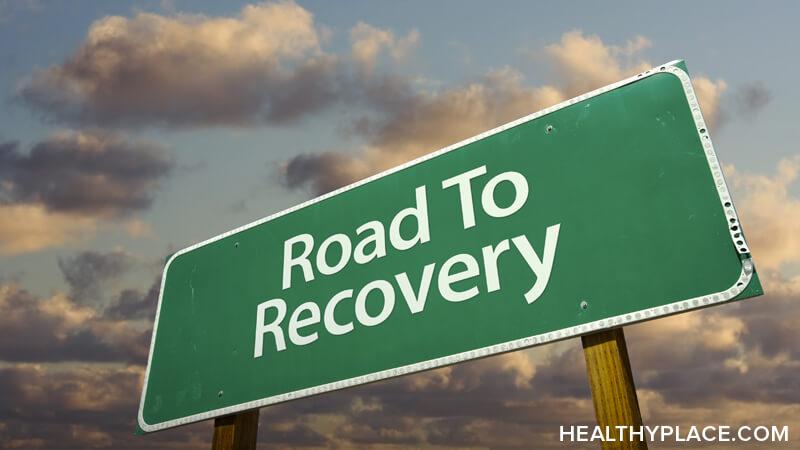What Long-Term Self-Harm Recovery Looks Like

It can be hard to imagine what self-harm recovery will look like in the long term when you're only just beginning your healing journey. I can't tell you exactly where your self-injury recovery path will lead you—but I can tell you what mine has looked like over the past decade.
Beginning a Long-Term Self-Harm Recovery Journey
When I first decided to stop hurting myself, I knew it wouldn't be easy—but I didn't anticipate just how hard it would be. When you come to rely on something, even if it's bad for you, it's emotionally and physically hard to let it go. I spent many nights arguing with myself over whether I was truly "done" or not. Sometimes I came so close to relapse I had my self-harming tool of choice in my hand before I managed to convince myself to put it away again.
A few times, I lost that argument. Those were the really bad days. Relapse is nothing to be ashamed of; I know that now. But back then, I felt worse every time it happened because then, I wasn't just hurting myself. I was betraying myself, and the promise I had made to myself that I would never look back, only forward.
It was only when I began to forgive myself, both for those transgressions (as I saw them at the time) and for the original habit I sought to heal from, that my self-harm recovery journey truly began.
If you're just starting out on your journey, please remember that while it is important to do what you can to protect yourself from relapsing, it's equally important to be prepared to cope should a relapse occur regardless. Emotional self-harm has no place in the healing journey, so be prepared to pick yourself up, dust yourself off, and—most importantly—forgive yourself.
What Self-Harm Recovery Looks Like for Me, 10 Years Later
It's been about a decade since I last engaged in self-harm. Looking back from where I am now, it almost seems like it happened to another person in another life, a long time ago. That's how distant it all feels for me now, and I'm grateful for that distance.
To say it's all a thing of the past, however, wouldn't be true. Sometimes, when it's dark out and I can't sleep and everyone else has gone to bed, I still have that old argument with myself. On the very worst days—days when I felt trapped, paralyzed, pointless—I have gone so far as to pick up that old familiar instrument of destruction, wondering if it wouldn't help to hurt after all.
But I haven't used it, not in 10 long years.
The difference now is not necessarily that I am stronger. In many ways, I am the same girl I was a decade ago, the one who wanted so badly to be brave, to be strong. I am, however, more resilient, because I have had many more years of practice coping with my triggers and my cravings than that girl from way back when.
Thanks to all those years of self-harm recovery practice, the bad days are fewer and farther between, and go away more quickly than they used to. My go-to coping mechanisms have become second nature, or close to it; my cravings don't hold the same sway over me that they used to.
That is my favorite thing about the path of recovery: the farther you follow it, the easier it gets.
APA Reference
Kim Berkley
(2021, April 1). What Long-Term Self-Harm Recovery Looks Like, HealthyPlace. Retrieved
on 2025, November 25 from https://www.healthyplace.com/blogs/speakingoutaboutselfinjury/2021/4/what-long-term-self-harm-recovery-looks-like